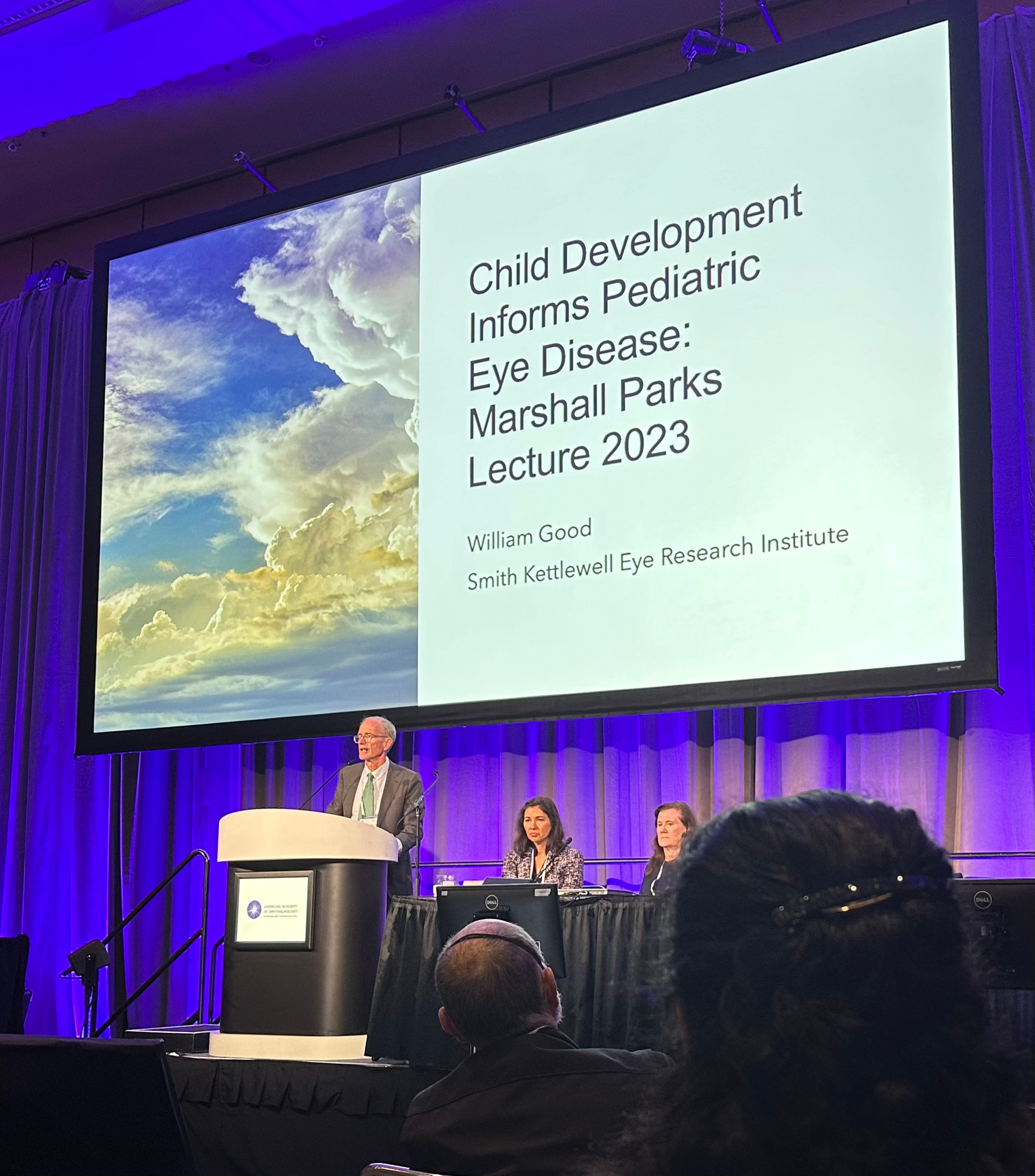Abstract
In children, the brain and eyes undergo astonishing development beginning in the first trimester and ending well after birth. The mature brain, for example, looks and functions very differently than the developing one. For example, the premature brain, with its blood supply partially derived from the germinal matrix, gradually adopts its blood supply from the more mature large cerebral vessels. A damaging event prenatally can have a different clinical appearance than one that occurs several years after birth. While conventional disease models in ophthalmology consider the time of onset of a disease, these models often do not consider that the brain and eyes may differ significantly, both anatomically and functionally at different times in the child’s life.
The result is that a damaging event at different times pre- or postnatally (e.g., vascular, traumatic) may show widely different findings than the same event a few months or even years later. Understanding the timing of disease occurrence may have ramifications for diagnosis, clinical significance, and management of various diseases. Several hypothetical clinical examples are offered in which an identical injury occurred at different times in a fetus’ or child’s life, and which could lead to important and different clinical interpretations and treatment.

